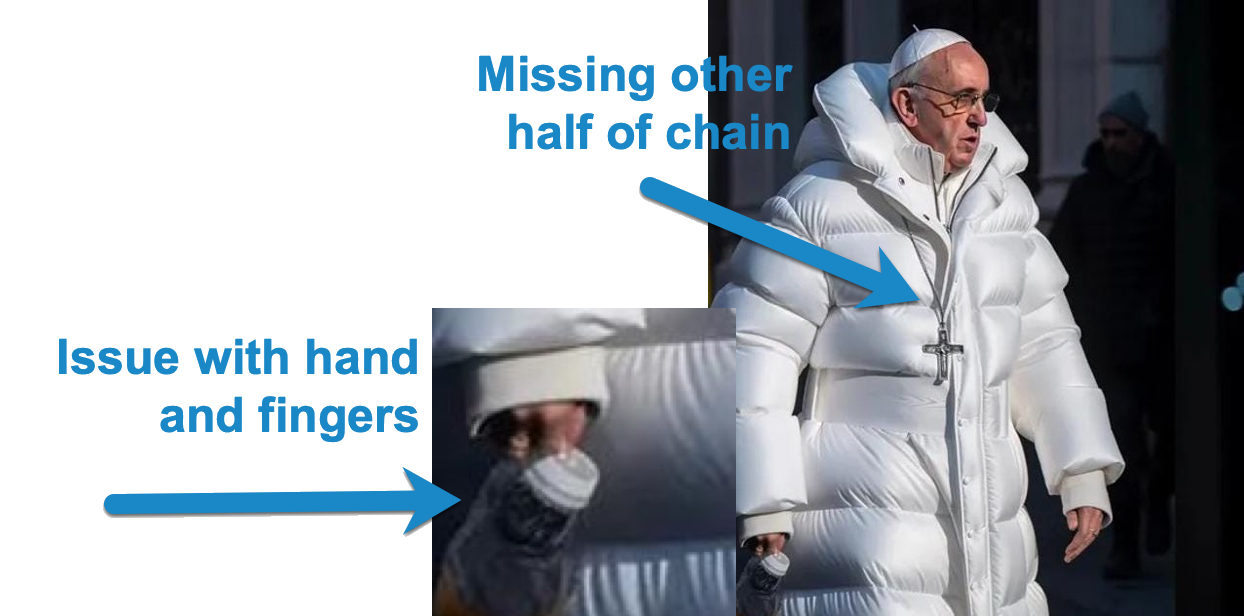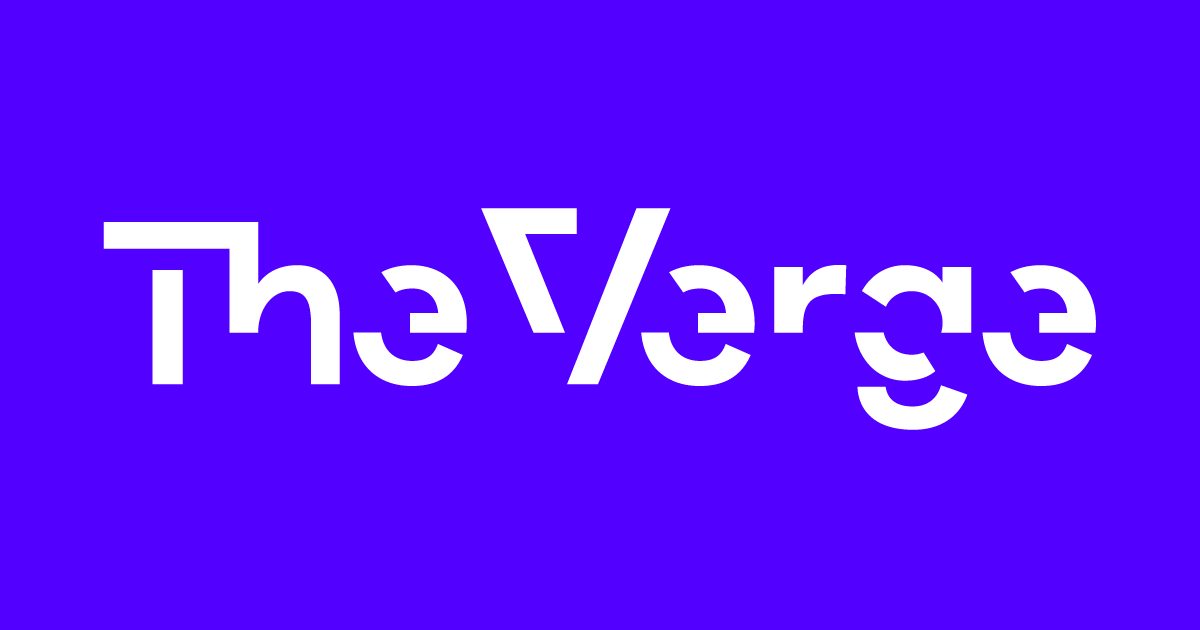- The Intelligist AI Digest
- Posts
- Robots in Disguise: EU's Legislative Labyrinth, Job Juggling, and AI Making AI
Robots in Disguise: EU's Legislative Labyrinth, Job Juggling, and AI Making AI
The December 18 intelligist AI newsletter

Greetings, intelligists!
Today’s newsletter retakes us to the topic of the EU’s (faltering?) attempts to regulate AI. We also look at more data on the jobs impact of AI as well as the deepfake issue. Here are today’s headlines:
Delays in the EU AI Act: Bound for Disaster?
AI Eliminating “Work about Work” While Cutting Jobs
The Top Deepfake Images of 2023
AI Models Are Now Creating Their Own AI Models
OpenAI Bans TikTok Owners from Using Their AI
In terms of deepfakes, I’ve given this topic a lot of thought. Frequently, I make my own AI-generated images of public figures. For example, here you have an image of Pope Francis riding in a blinged-up Popemobile, or Elon Musk sitting and having tea with some bonobos.

Made with SDXL by the author

AI-generated image of a fake Pope Francis
When making these images, I normally note in the captions and metadata that they are AI-generated by me. However, some platforms are beginning to embed invisible watermarks that identify an image as AI-generated.
The ethics of this practice are still hazy. Though in n my case, the ones I generate are relatively harmless, I know that some people generate harmful images using AI. What do you think? Should we prioritize creativity and freedom? Or impose norms (such as invisible watermarking) and regulations?
Without further ado, here’s today’s newsletter!
Delays in the EU AI Act: Bound for Disaster?
It's only been a few days since the EU AI act made headlines. Now, there are reports that the act is far from set in stone. Axios reported that several countries (Germany, France, Italy, Poland) are stalling signing off on a final version once certain conditions are met. France has especially insisted on the previously announced legislation being only a step towards a final deal.
France is the home to some of the most important figures in AI, including the Mistral AI platform, the founders of Huggingface, and Meta's chief AI scientist, Yann LeCun. Meanwhile, Germany and Italy also have a notably expanding AI industry. One can only speculate that there are certain entities and individuals in Europe who are not excited about increased regulations on AI development.
More:
AI Eliminating “Work about Work” While Cutting Jobs
According to CNBC, a recent survey revealed that 37% of AI-using business leaders report AI replacing workers this year, with an anticipated increase in job cuts next year due to AI efficiency. At the same time, there is an increasing demand for qualified people who can implement AI, use it (such as in prompting), and interpret what AI produces. AI takes away, but it also gives!
Meanwhile, AI is also enabling a rethinking of job roles, especially in reducing “work about work” tasks. YMNTS noted that "work about work" includes things including status updates, internal communication, and meeting summaries that often take up half of a workday for many professionals. Meanwhile, advocates for AI implementations note that the upside is that experts will have more time and energy to focus on their expert work rather than "metalwork."
One thing seems clear: getting up to speed on AI is going to be critical for many professionals across sectors.
The Top Deepfake Images of 2023
The rise of powerful AI image generators like Midjourney and DALL-E 3 has led to a surge in realistic, yet fake images going viral. This trend raises serious concerns about misinformation, as highlighted by several high-profile examples from 2023.
The UK’s Sky News compiled a list of the top AI-based images of 2023 that fooled millions of people. They include images of Pope Francis, Princes Harry and William, Donald Trump, and more. See the list here:
https://news.sky.com/story/fake-ai-images-keep-going-viral-here-are-eight-that-have-caught-people-out-13028547
Meanwhile, the Better Business Bureau issued a guide for consumers to help identify fake, AI-generated images. Their guidelines include:
Find a high-resolution image and zoom in
Look for asymmetry and other physical inconsistencies
Look for strange textures or a glossy effect
Look out for strange shadows, blurs, or light flickers
Unnatural body language
Take a closer listen (in the case of videos/audio)
The BBB also warned consumers about the rise of deepfakes being used in scams. More on this to come!
AI Models Are Now Creating Their Own AI Models
According to recent reports, large AI models are now capable of creating smaller AI tools on their own, also training them without human intervention. According to researchers, this represents a further step towards autonomous AI, often envisioned as a crucial part of AGI.
Also, new models, including those being generated by large models, are getting smaller and less resource-intensivel. ChatGPT might be costing OpenAI over $700,000 per day to run, while many of the tiny machine learning models, or TinyMls, can run on the equivalent of the average person's coffee money.
OpenAI Bans TikTok Owners from Using Their AI
In the pot-calling-the-kettle-blackest news of the day, OpenAI just suspended ByteDance's (the owners of TikTok) account after allegations surfaced that they are using OpenAI’s API to train its own large language model, which would be a violation of OpenAI's business terms.
These terms specifically prohibit the use of ChatGPT outputs for developing a rival AI model. ByteDance acknowledged using GPT-generated data for "annotating the model" but claimed to have removed this data around mid-year.
The irony comes as OpenAI faces immense criticism from media sites, independent creators, and other content owners for using their data without permission to train the models that fuel ChatGPT. Many consider such actions to be a form of plagiarism and uncredited citation.
Joaquin

